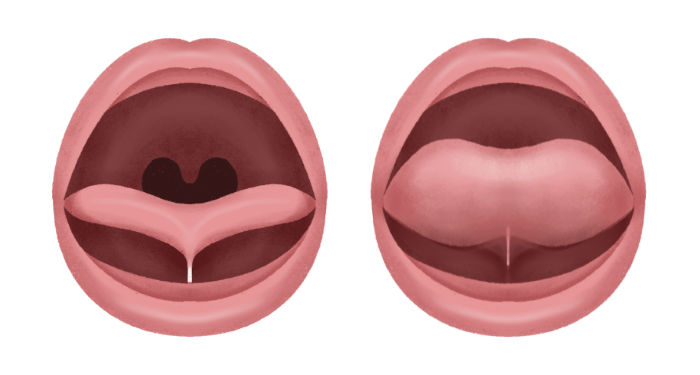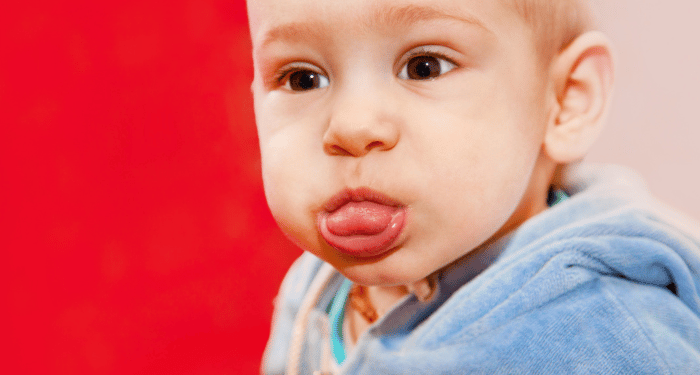(…and why we need more trained therapists who can spot them!)

Most people assume that a baby with a feeding disorder is easy to spot- they refuse to eat, choke dramatically, or just don’t gain weight.
But the truth? Feeding disorders are sneaky. They hide in plain sight behind behaviors we often brush off as “just a phase.”
As therapists, we have the unique opportunity to catch these subtle signs early- before parents are left burnt out, frustrated, and wondering what they did wrong. But only if we know what to look for.
So here’s your cheat sheet. Ten red flags that might be flying under the radar:
1. Gagging and choking are the norm, not the exception
Sure, a little gag here and there? Totally normal during early feeding. But if you’re hearing about gagging and choking at every meal, something bigger might be going on. It could signal poor oral motor control, tongue-tie complications, or coordination issues with suck-swallow-breathe patterns.
2. Refusal to try new foods or a super limited diet
Picky eating isn’t always about preference. Sometimes, the child’s oral motor system doesn’t feel safe with new textures. If they’re constantly rejecting new foods, we should assess their sensory responses, coordination, and jaw/tongue function- not just write it off as “a toddler thing.”
3. Struggling to gain weight or dropping off the growth chart
We love to say “every child grows at their own pace,” but sometimes that pace is a red flag. If a child is plateauing or dropping in weight, it may not be a metabolic issue- it could be that they’re working harder than they should just to eat. When mealtime is exhausting, growth slows.
4. Meltdowns at every meal
This one isn’t always listed on feeding red flag checklists, but it should be. If a child falls apart the moment they’re put in the highchair or sees a spoon coming their way, they’re telling us something. Eating shouldn’t feel like trauma. Behavioral outbursts are often communication in disguise.
5. Taking huge bites of food
It might look like overeagerness, but big bites can actually be a compensatory strategy. When a child lacks refined oral motor skills, they may go for large boluses to get more input and help their brain figure out where the food is. It’s not impulsivity- it’s adaptation.
6. Difficulty chewing food properly
If you see a child munching instead of grinding, swallowing whole pieces, or avoiding foods that require chewing, it’s time to evaluate. They may be lacking tongue-jaw dissociation or adequate lateral tongue movement. And if they can’t chew safely, they won’t eat confidently.
7. Pocketing food in the cheeks
This is often misread as defiance or forgetfulness- “Why didn’t you swallow that bite?” But food pocketing typically points to a lack of oral awareness or coordination. Their system may not know how to move the bolus effectively for safe swallowing.
8. Constant drooling past infancy
Drooling isn’t always “teething.” If it continues beyond 18 months, we have to ask: is this a sensory issue? Poor lip closure? Inadequate jaw stability? Chronic drool can mean the oral motor system isn’t doing its job, which impacts feeding more than we think.
9. Preferring only purees or only solids
Texture preferences aren’t random. When a child clings to one texture and refuses others, it may be because they lack the skills to manage transitions. A child who eats only purees might not have the chewing stamina or tongue mobility to manage solids- and they know it.
10. Constant congestion, snoring, or open-mouth breathing
Feeding and airway go hand-in-hand. A child who’s constantly congested or mouth-breathing may have structural issues (like a high palate, tongue-tie, or enlarged tonsils) interfering with feeding safety and efficiency. Don’t sleep on this one- literally.
Let’s be honest…
We can’t keep telling parents “they’ll grow out of it.”
They won’t. Not unless someone steps in.
That someone could be you.
If these hidden signs a baby may have feeding disorder made you pause- or made you realize how many children aren’t being served properly- then you’re the kind of therapist who needs to be inside the Pediatric Feeding Hub.
This is where we break down the clinical knowledge, the real-world application, and the confidence-building support you need to specialize in feeding therapy and actually help families.
Join us inside the hub. The babies are waiting.


